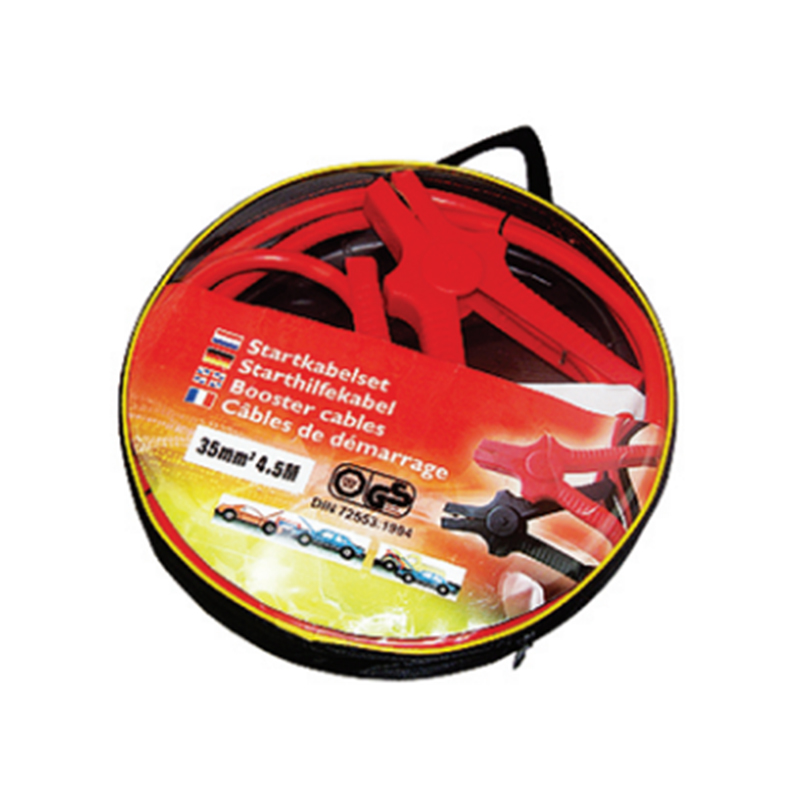What role does color and labeling play in the usability of automotive emergency tool packaging?
Color and labeling play a significant role in the usability of automotive emergency tool packaging by enhancing visibility, organization, accessibility, and communication. Here’s how these factors contribute to the overall functionality and ease of use:
Quick Identification and Visibility:
Color: Bright, high-contrast colors such as red, yellow, or orange are often used in automotive emergency tool packaging to make the kit easy to spot, even in low-light conditions or cluttered spaces (like the trunk of a car or a dark roadside). Bright colors are associated with urgency and attention, making it easier for users to locate the emergency kit quickly when every second counts.
Reflective Elements: Some packaging includes reflective strips or accents, enhancing visibility in low-light environments, especially at night or during bad weather. This makes the kit easier to find in emergency situations where quick action is critical.
Organization and Functionality:
Color-Coding: Color can be used to organize different tools or sections within a kit. For example, different tool categories (like wrenches, tire repair kits, or jumper cables) might be assigned different colors or have color-coded compartments. This helps users quickly find the right tool for a specific task without wasting time searching through the entire kit.
Particular Tool Identification: Using distinct colors for specific tools or components (such as bright yellow for a flashlight, red for a jumper cable, etc.) helps users identify and retrieve the appropriate item more efficiently, even under stress.
Labeling for Clarity and Instructions:
Clear Instructions: Effective labeling provides essential information, such as instructions for how to use specific tools in the kit. In an emergency, people may not be familiar with all the tools they need, so clear labels or simple diagrams explaining the use of each tool can save valuable time.
Safety Warnings and Usage Tips: Labels are also used to convey important safety warnings (e.g., “Wear gloves while handling cables” or “Keep away from water”), which can prevent accidents and ensure that users handle the tools properly.
Step-by-Step Instructions: Packaging often includes labeled diagrams or QR codes linking to video tutorials. This can be extremely helpful for users who may not know how to perform specific tasks, such as jump-starting a car or using a tire inflator. Labeling in this context ensures that users have access to crucial information quickly.
Enhanced User Experience:
Intuitive Design: The labeling and color choices are designed to make the kit more user-friendly and intuitive. Packaging that is well-labeled and clearly organized reduces frustration for the user, especially in high-stress situations like car breakdowns. It can also make the kit more attractive and easier to use, which may encourage people to keep it in the car and use it when needed.
Highlighting Key Tools: Important or frequently used tools might be labeled with prominent colors or larger text, signaling to the user that these items are the most essential in an emergency. This helps users focus on the tools that are most likely to be needed during specific situations (e.g., tire repair or a jump-start).

Branding and Consumer Confidence:
Brand Recognition: Color and labeling also play a role in establishing brand identity. A recognizable color scheme or logo can increase consumer confidence, as people may associate familiar, trusted brands with reliability in emergencies. Effective labeling of features and benefits (e.g., “waterproof” or “durable construction”) helps consumers quickly assess the kit's quality.
Instructions and Reassurance: For new or first-time users, clear labeling provides reassurance about how the tools can be safely and effectively used, making the product seem more trustworthy and user-friendly.
Regulatory Compliance:
Compliance with Safety Standards: In some cases, specific color schemes or labeling may be required to meet regulatory standards. For example, certain emergency tools or chemicals may need to be labeled with specific hazard warnings, usage instructions, or regulatory symbols to comply with safety regulations, ensuring that users handle the tools safely.
Ease of Maintenance and Restocking:
Refill and Maintenance Labels: For kits that require regular maintenance or have items that may need to be replaced (such as fuses, batteries, or first-aid supplies), color-coded labels or compartments can make it easier for users to keep track of which items need to be refilled or replaced. This ensures that the emergency kit remains functional and ready for use.

 English
English 中文简体
中文简体












